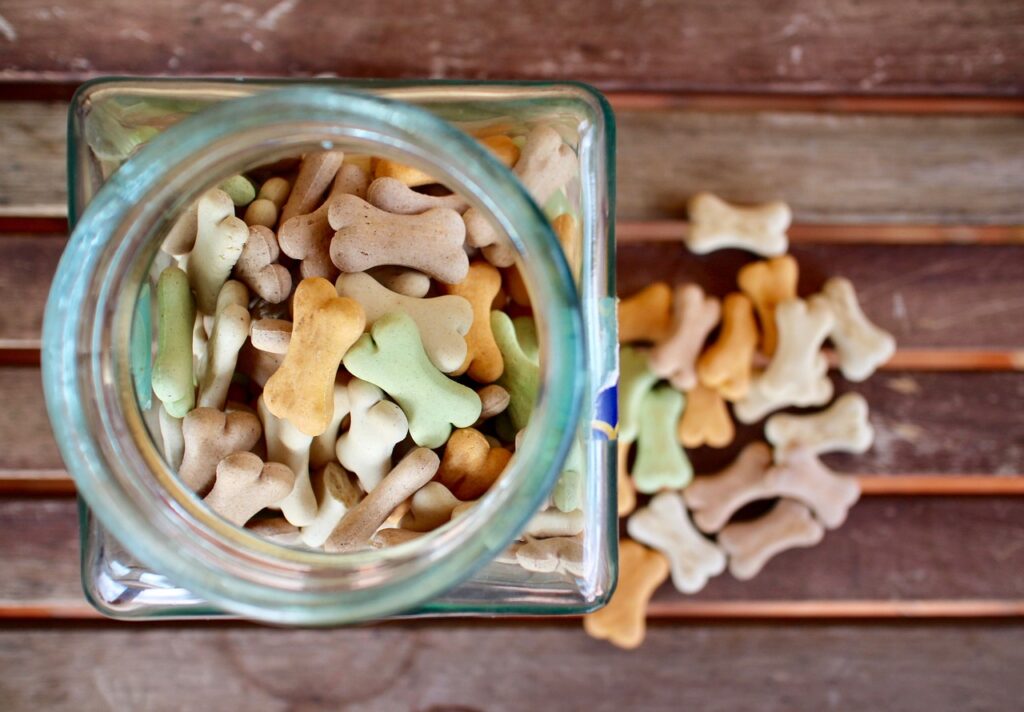Welcome to our comprehensive guide on how to feed your dog for optimal health. As a devoted dog owner, you understand that your canine companion’s diet plays a pivotal role in their overall well-being. In this guide, we’ll embark on a journey through the world of dog nutrition, equipping you with practical insights to make informed decisions about your dog’s diet. By the end, you’ll be armed with the knowledge to nourish your furry friend for a vibrant and healthy life.
Table of Contents

Understanding Your Dog’s Nutritional Needs
To truly comprehend how to nourish your dog, we must delve into their nutritional requirements. Synonymous with vitality, a balanced diet encompasses the following core elements:
- Proteins: These are the building blocks of life, promoting muscle growth, repair, and immune system fortification.
- Carbohydrates: Fueling your dog’s energy levels and digestive health, complex carbs from sources like sweet potatoes and whole grains are ideal.
- Healthy Fats: Essential for a shiny coat and cognitive health, prioritize omega-3 and omega-6 fatty acids.
- Vitamins and Minerals: Nutrient powerhouses, these compounds foster everything from bone health to cell function.

Types of Dog Food Options
Your options for feeding your dog are diverse, each with its unique benefits and considerations:
- Dry Kibble: Known for its convenience and dental benefits, dry kibble provides a crunchy texture that aids in tartar control.
- Wet/Canned Food: Rich in moisture and flavor, canned food is a great source of hydration, making it an excellent choice for dogs who struggle to drink enough water.
- Raw Diet: Embarking on the raw diet journey involves feeding uncooked meats, vegetables, and bones. This option, though divisive, can offer a natural source of nutrients but necessitates meticulous planning to avoid imbalances.

Reading Dog Food Labels
Unraveling the mystery of dog food labels is a crucial skill for any pet parent. Pay attention to:
- Protein Content: Prioritize foods with high-quality protein sources at the forefront.
- Ingredient List: Opt for transparent labels that list real, whole ingredients instead of vague terms like “meat by-products.”
- Nutritional Adequacy Statement: Look for an assurance that the food meets your dog’s specific life stage requirements.

Essential Nutrients for Dogs
Certain nutrients are indispensable for your dog’s overall health:
- Protein Diversity: Incorporate lean meats like chicken, turkey, and fish for a variety of amino acids.
- Beneficial Fats: Nourish your dog’s skin and coat with sources like fish oil or flaxseed.
- Complex Carbohydrates: Opt for nutrient-rich carbohydrates such as quinoa, sweet potatoes, and peas.
- Vitamins and Minerals: Veggies and fruits like blueberries, carrots, and spinach are natural sources of essential nutrients.

Identifying Common Dog Food Allergies
Dogs, much like humans, can develop allergies to certain foods. Look out for:
- Common Grains: Wheat, corn, and soy are frequent culprits of food allergies.
- Protein Sensitivities: Ingredients like beef, chicken, and dairy may trigger adverse reactions.
- Artificial Additives: Synthetic preservatives, colors, and flavors can provoke sensitivities.

Consulting with a Veterinarian or Nutritionist
Elevate your dog’s diet with personalized guidance from experts:
- Breed and Age Customization: Different breeds and life stages necessitate tailored nutritional approaches.
- Health Considerations: Dogs with conditions like obesity or allergies may require specialized diets for optimal health.
Transitioning to a New Dog Food
When shifting your dog’s diet, follow these strategic steps:
- Gradual Transition: Introduce the new food slowly over the course of about a week to prevent stomach upset.
- Monitoring Responses: Pay close attention to your dog’s reactions during the transition to ensure a seamless adjustment.

Homemade vs. Commercial Dog Food
Evaluate the pros and cons of each:
- Commercial Food: Widely available and formulated to meet stringent nutritional standards.
- Homemade Meals: Offer customization potential but demand diligent planning to maintain nutritional balance.
Tips for Picky Eaters and Mealtime Etiquette
Cater to your dog’s individual preferences while cultivating a positive mealtime environment:
- Scheduled Feeding: Establish a consistent feeding schedule to regulate appetite and digestion.
- Rotation Diet: Introduce variety by periodically switching between different high-quality foods.
- Treat Strategy: Use treats to reinforce positive behavior, but ensure they’re nutritious and fit within your dog’s daily calorie allowance.

Conclusion
Navigating the landscape of dog nutrition requires knowledge, care, and dedication. As you’ve discovered in this guide, every choice you make in your dog’s diet directly impacts their health and happiness. By understanding their nutritional needs, learning to read labels, and consulting experts, you’re equipped to make choices that will nourish your dog for a vibrant and fulfilling life. Cheers to fostering the well-being of your loyal companion through the power of nutrition!


